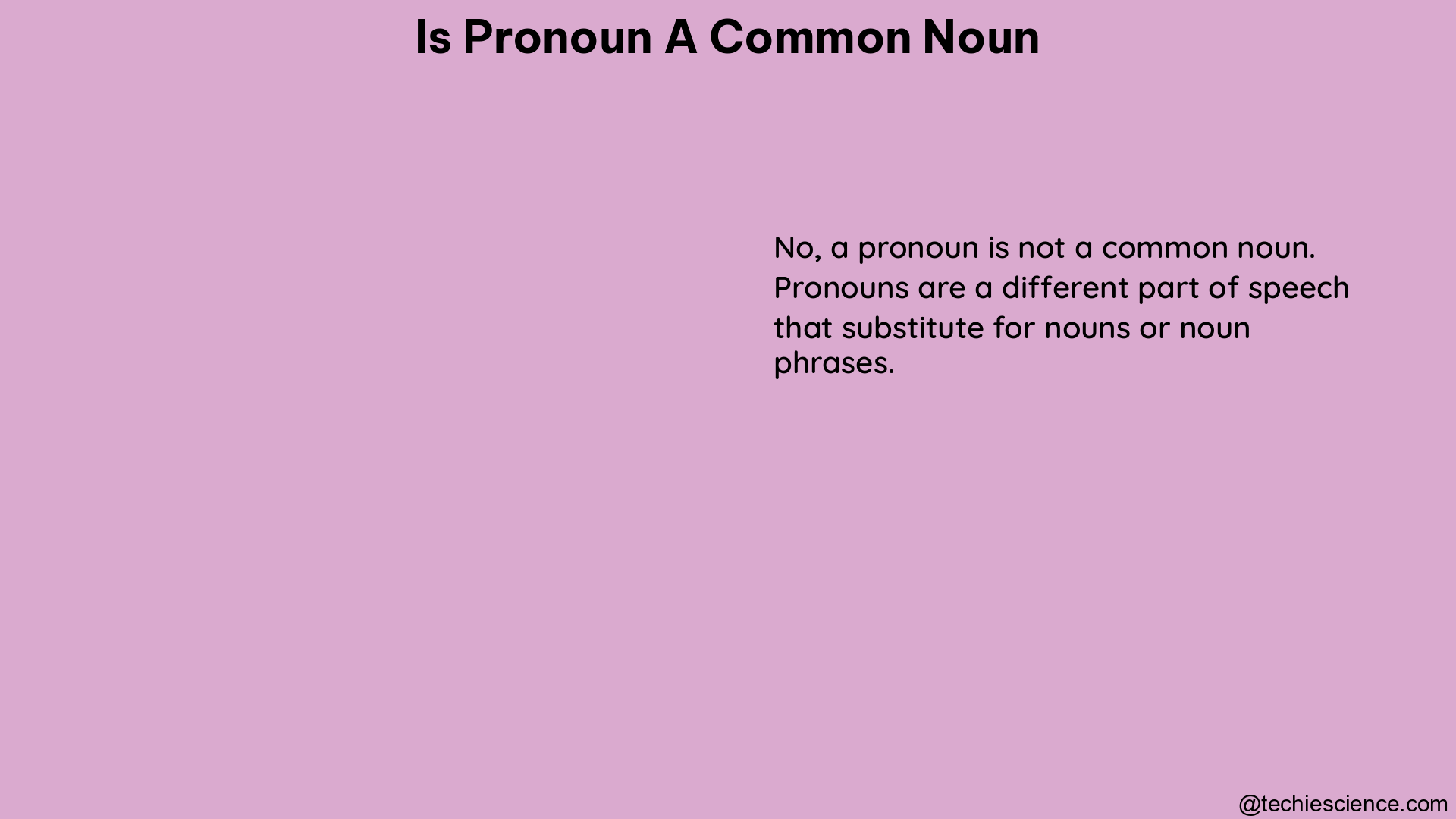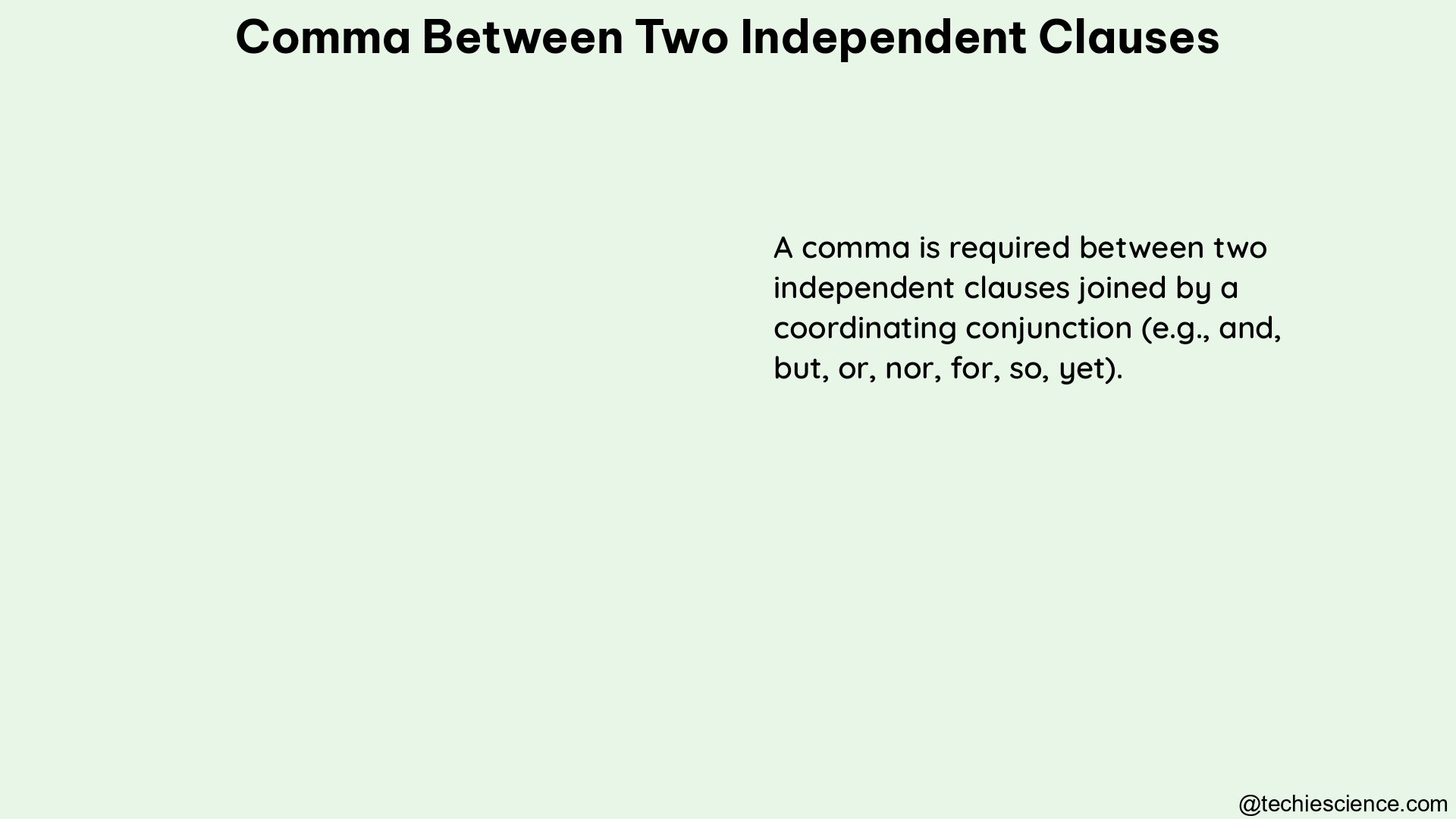The debate surrounding whether pronouns should be classified as common nouns is a longstanding one in the field of linguistics and grammar. While there are valid arguments on both sides, the majority of linguistic analyses treat pronouns as a distinct part of speech, separate from common nouns. This article will delve into the nuances of this debate, exploring the key arguments and providing a comprehensive understanding of the relationship between pronouns and common nouns.
Functional Similarity between Pronouns and Common Nouns
One of the primary arguments for considering pronouns as common nouns is their functional similarity. Like common nouns, pronouns can serve as subjects, objects, and complements in sentences. They can also be modified by adjectives and determiners, further reinforcing their grammatical parallels with common nouns.
For example, in the sentence “She is going to the store,” the pronoun “she” functions as the subject, just as the common noun “dog” does in the sentence “The dog is barking.” Similarly, in the sentence “I gave the book to him,” the pronoun “him” serves as the object, analogous to the common noun “book” in the sentence “I gave the book to the student.”
This functional equivalence between pronouns and common nouns has led some linguists to argue that they should be classified under the same part of speech.
Substitution and Pronoun-Noun Relationship

Another argument in favor of considering pronouns as common nouns is the ability of pronouns to substitute for common nouns in sentences. This substitution indicates a functional equivalence between the two, as pronouns can effectively replace common nouns without altering the overall meaning or structure of the sentence.
For instance, in the sentence “The dog is barking,” the common noun “dog” can be replaced by the pronoun “it,” resulting in the sentence “It is barking.” This substitution demonstrates the interchangeability of pronouns and common nouns, further supporting the idea that they belong to the same part of speech.
Inflectional Differences between Pronouns and Common Nouns
However, the argument for considering pronouns as common nouns is not without its challenges. One of the primary counterarguments is the distinct inflectional patterns exhibited by pronouns compared to common nouns.
Pronouns often have unique forms for different grammatical cases, such as nominative (e.g., “I,” “he,” “she”), accusative (e.g., “me,” “him,” “her”), and genitive (e.g., “my,” “his,” “her”). In contrast, common nouns typically do not undergo such extensive case-based inflections, with the exception of some irregular forms (e.g., “child” – “children”).
This inflectional divergence between pronouns and common nouns suggests that they may not be part of the same grammatical category, as the unique inflectional patterns of pronouns set them apart from the more uniform inflections of common nouns.
Limited Dependents of Pronouns
Another key difference between pronouns and common nouns is the range of dependents they can take. Common nouns typically permit a wider variety of dependents, such as adjectives, determiners, and prepositional phrases, which can modify and expand the meaning of the noun.
Pronouns, on the other hand, tend to have a more limited set of dependents, often restricted to a narrower range of modifiers, such as possessive adjectives (e.g., “my,” “your,” “his”) or certain adverbs (e.g., “only,” “even”). This limited dependency pattern further distinguishes pronouns from the more flexible common nouns.
Semantic Distinctions between Pronouns and Common Nouns
In addition to the grammatical differences, there are also semantic distinctions between pronouns and common nouns. Common nouns typically refer to specific entities or concepts, such as “dog,” “book,” or “table.” In contrast, pronouns often have more abstract or general meanings, serving as substitutes for these specific entities or concepts.
For example, the pronoun “it” can refer to a wide range of entities, from a specific object to a more general idea or situation. This semantic generality of pronouns sets them apart from the more concrete and specific meanings associated with common nouns.
Conclusion
While there are valid arguments on both sides of the debate, the majority of linguistic and grammatical analyses treat pronouns as a distinct part of speech, separate from common nouns. This distinction is primarily based on the unique inflectional, syntactic, and semantic properties of pronouns, which set them apart from the more uniform characteristics of common nouns.
However, it is important to acknowledge the functional similarities between pronouns and common nouns, particularly in their ability to occupy similar positions within sentence structures. This overlap in functionality has contributed to the ongoing debate and the occasional blurring of the lines between these two grammatical categories.
Ultimately, the classification of pronouns as a distinct part of speech, rather than a subtype of common nouns, reflects the nuanced and complex nature of language, where grammatical categories are not always clear-cut, but rather exist on a spectrum of similarities and differences.
References:
- https://english.stackexchange.com/questions/316726/are-pronouns-nouns
- https://www.magnumproofreading.com/post/what-is-a-noun-common-nouns-proper-nouns-and-pronouns
- https://socratic.org/questions/what-is-the-difference-between-a-pronoun-and-a-proper-noun
- https://www.scribbr.com/nouns-and-pronouns/common-nouns/

